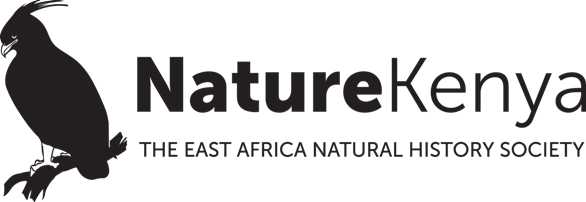Dakatcha Woodland Forest — a safe haven for Kilifi (Clarke’s) Weaver
The Kamale Nature Reserve is made up of forest and several wetlands. The wetlands provide nesting habitat for the endemic and Endangered Kilifi (Clarke’s) Weaver.
Other bird species recorded in the reserve include Fischer’s Turaco, Southern Banded Snake Eagle, Great (Black) Sparrowhawk, Chestnut-fronted and Retz’s helmetshrikes, and Eastern Black-headed Oriole. It is also home to the Endangered Golden-rumped Sengi (elephant shrew), and there have been field signs of buffalo. Through working closely with scientists from the National Museums of Kenya the local community has identified varieties of edible mushrooms. The mushrooms are now harvested for local consumption, and for sale to the tourist hotels in Malindi.
The local Dakatcha Woodland Conservation Group oversees and monitors the reserve on an ongoing basis and, where necessary, moves to mitigate illegal activities, like charcoal burning. Plans are underway to develop a site management plan, which will guide species conservation and day-to-day management of the nature reserve.
The land was purchased by Nature Kenya with financial support from the World Land Trust, African Bird Club (ABC), RESOLVE, and DANIDA/Civil Society in Development.
This article by Edwin Utumbi appears in the current issue of Kenya Birding magazine.
